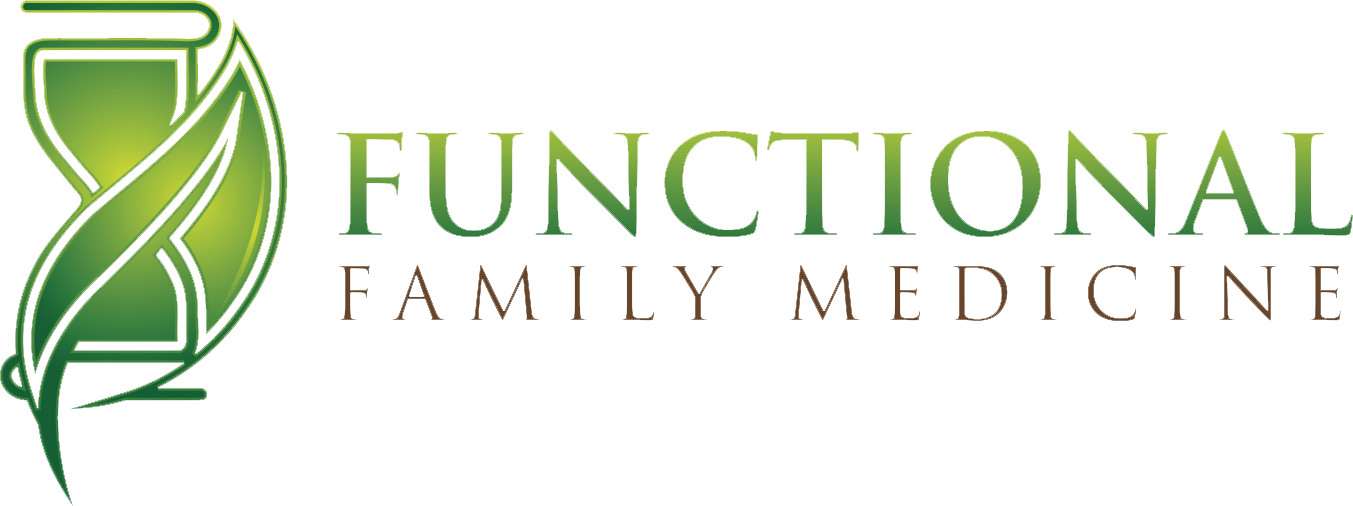
So what comes to mind when you hear someone mentions testosterone levels? As a mom with two growing boys and a male German Sheppard all under one roof I feel the testosterone pulsing through my house every day. Testosterone is what gives men their characteristic deep voices, large muscles, and facial and body hair, distinguishing them from women. It stimulates the growth of the genitals at puberty, plays a role in sperm production, fuels the libido, and contributes to normal erections. In addition it fuels the production of red blood cells, accelerates your mood, and aids in your cognition.
Over a period of time your ability to produce testosterone lessens, and testosterone levels start to fall, apparently by about 1% a year, beginning in the 40s. As men get into their 50s, 60s, and beyond, they may start to have signs and symptoms of low testosterone such as lower sex drive and sense of vitality, erectile dysfunction, decreased energy, reduced muscle mass and bone density, and even anemia. Together these signs and symptoms are often called hypogonadism (“hypo” meaning low functioning and “gonadism” referring to the testicles). It is estimated that this condition affects anywhere from two to six million men in the United States. It is still considered an under diagnosed condition with less than 5% of sufferers currently receiving treatment.
Studies have shown that testosterone-replacement therapy may offer a wide range of benefits for men with hypogonadism, including improved libido, mood, cognition, muscle mass, bone density, and red blood cell production. But little consensus exists on what constitutes low testosterone, when testosterone supplementation makes sense, or what risks patients face. Much of the current debate focuses on the long-held belief that testosterone may stimulate prostate cancer.
Dr. Abraham Morgentaler, an associate professor of surgery at Harvard Medical School and the director of Men’s Health Boston, specializes in treating prostate diseases and male sexual and reproductive difficulties. He has developed particular expertise in treating low testosterone levels.
As a physician, specifically an Urologist, he sees most of his male patients due to sexual complaints. The primary indicator of low testosterone is low sexual desire or libido, but another can be erectile dysfunction, and any man who complains of erectile dysfunction should get his testosterone level checked by his physician.
The more of these symptoms there are, the more likely it is that a man has low testosterone. Many physicians tend to dismiss these “soft symptoms” as a normal part of aging, but they are often treatable and reversible by normalizing testosterone levels.
It appears that when most physicians learned about testosterone in medical school, they learned about total testosterone, or all the testosterone in the body. But about half of the testosterone that’s circulating in the bloodstream is not available to the cells. It’s tightly bound to a carrier molecule called sex hormone–binding globulin, which we abbreviate as SHBG.
The biologically available part of total testosterone is called free testosterone, and it’s readily available to the cells. Almost every lab has a blood test to measure free testosterone. Even though it’s only a small percentage of the total, the free testosterone level is a pretty good indicator of low testosterone. Of course there is no such thing as a perfect, test but the correlation is greater than with total testosterone.
There are two ways that we determine whether somebody has low testosterone. One way is using a blood test and the other is by characteristic symptoms and signs, and the correlation between those two methods is far from perfect. Ordinarily men with the lowest testosterone have the most symptoms and men with highest testosterone have the least. But there are some men who have low levels of testosterone in their blood and have no symptoms.
It’s not like diabetes, where if your fasting glucose is above a certain level, they’ll say, “Okay, you’ve got it.” With testosterone, that break point is not quite as clear. The Endocrine Society* considers low testosterone to be a total testosterone level of less than 300 ng/dl, this number is widely accepted in medical communities as a reasonable guideline.
In conclusion, most physicians recommend having your testosterone levels checked on an annual basis.
